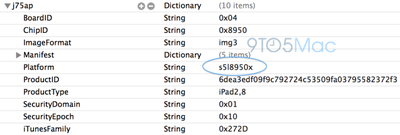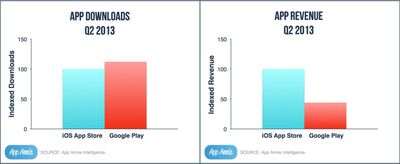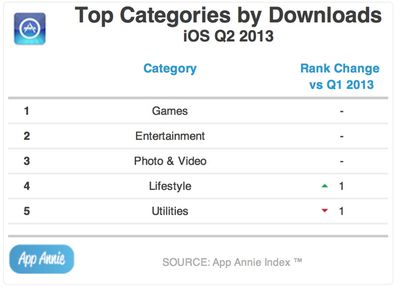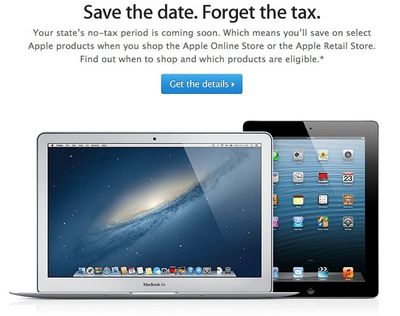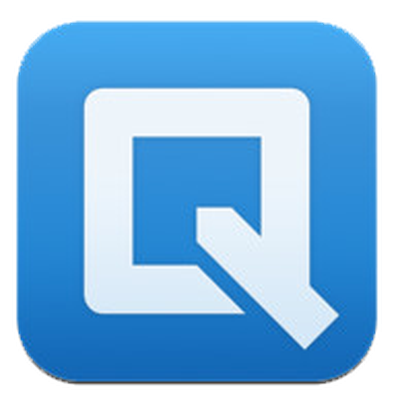The American Customer Satisfaction Index (ASCI) yesterday released its annual rankings for smartphone satisfaction in the United States (via CNET). While Apple once again scored above 80% in customer satisfaction for its current iPhone line, the survey also revealed that Samsung’s Galaxy S3 and Galaxy Note II phones have taken the top two spots with both having scores of 84% in customer satisfaction.
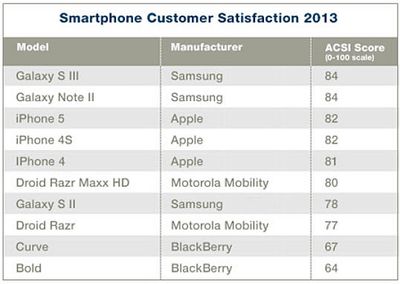
"Not only does Samsung edge ahead of all iPhones, Apple customers themselves don't see much difference between the iPhone 4, 4S, or 5," ACSI director David VanAmburg said in a statement. "The latest earnings report from Apple was better than expected, but the name of the game for Apple has always been innovation. Samsung, on the other hand, shows a strong upward ACSI trend from the Galaxy S II to the Galaxy S III. If the S4 performs as well -- or even better -- in the eyes of customers, Samsung could threaten Apple's dominance in overall customer satisfaction."
Earlier this year, the ASCI also released its annual rankings of customer satisfaction for the broader segment of mobile phone manufacturers in the United States. While Apple had the highest customer service satisfaction for the second year in a row, its score fell from 83% to 81% compared to the year before. Concurrently, Samsung had a satisfaction score of 76%, up from 71% the year before. Apple is expected to refresh the iPhone line in the fall, with the expected launches of the iPhone 5S and low-cost iPhone, potentially named the iPhone 5C.


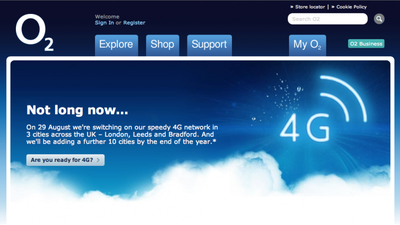
 Double Fine Productions, the company founded by video game designer Tim Schafer, has launched
Double Fine Productions, the company founded by video game designer Tim Schafer, has launched 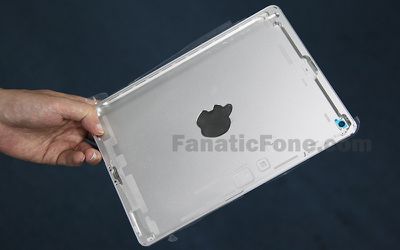
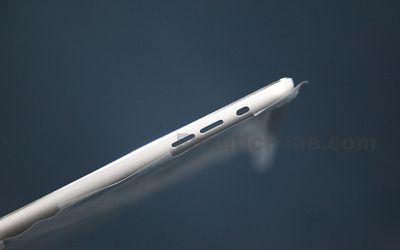
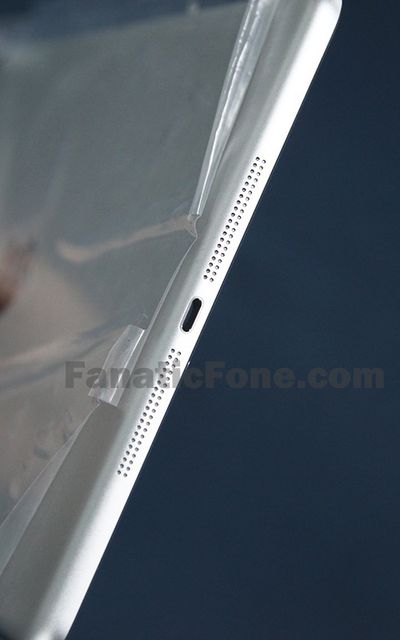

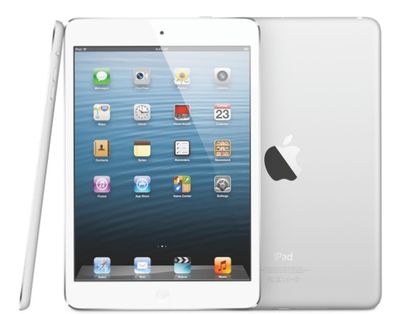
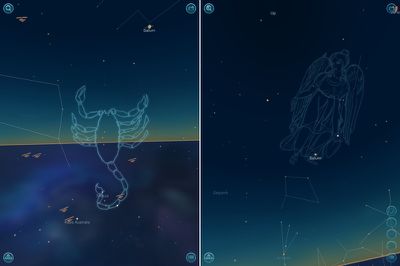
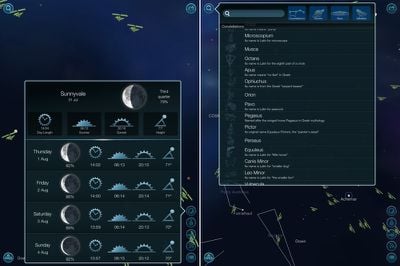
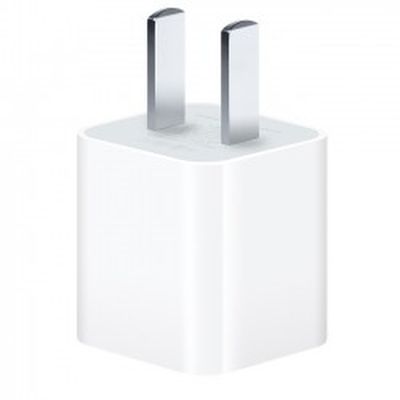 Earlier this year, a trio of computer scientists
Earlier this year, a trio of computer scientists 
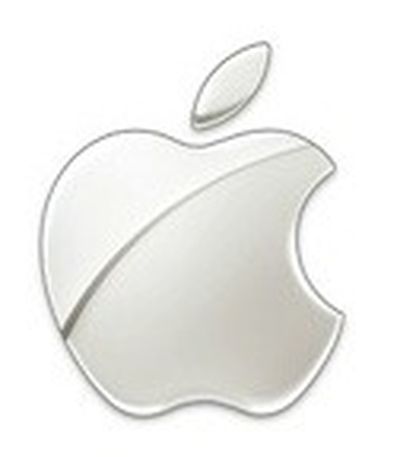 Apple directors Bill Campbell and Millard Drexler recently exercised and sold more than 42,000 Director Stock Options according to documents filed today with the SEC.
Apple directors Bill Campbell and Millard Drexler recently exercised and sold more than 42,000 Director Stock Options according to documents filed today with the SEC.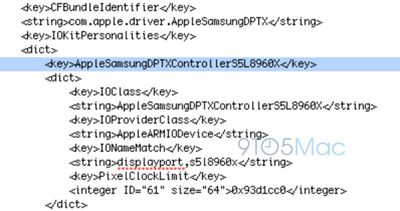

 Apple today seeded build 12F30 of OS X 10.8.5 to developers, marking the seventh beta iteration of 10.8.5, dating
Apple today seeded build 12F30 of OS X 10.8.5 to developers, marking the seventh beta iteration of 10.8.5, dating 